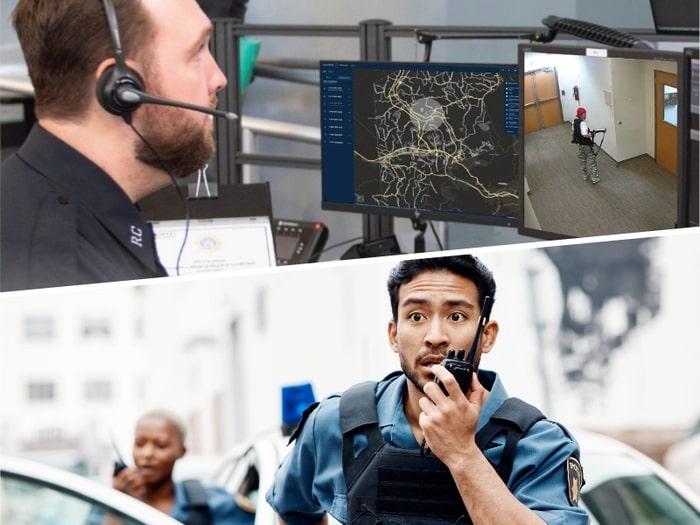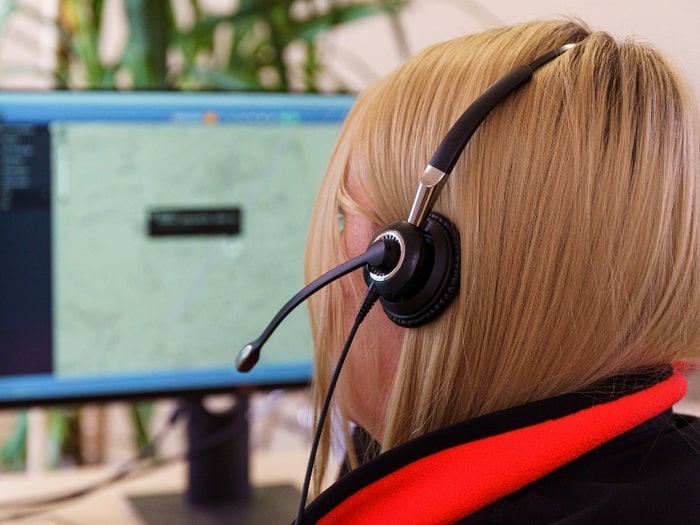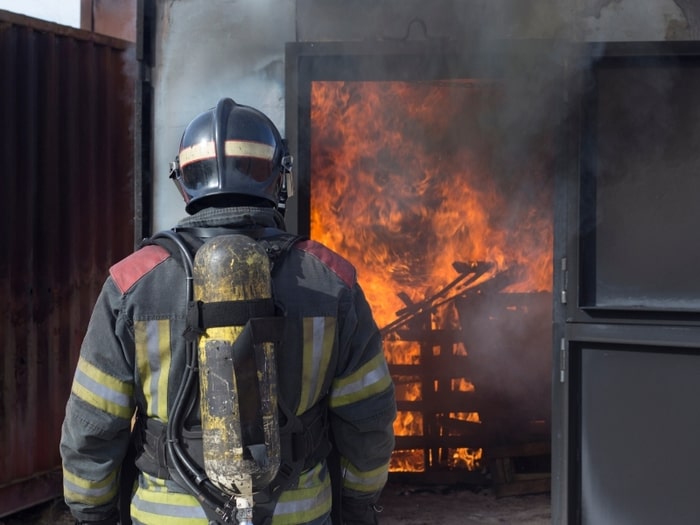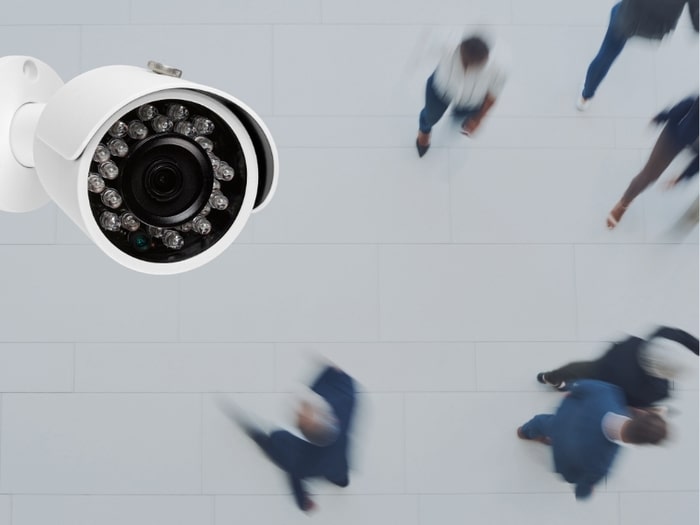Fill the First-Responder Communications Gap with 911 Camera Sharing
April 2, 2024

April 2, 2024

Seconds matter in a crisis. Firefighters, police officers, and emergency medical responders need to make decisions fast with the information they have on hand – and that information leans heavily on direction from 911 professionals.

Typically, 911 professionals learn about an ongoing emergency situation from phone calls placed by those affected by the situation or by nearby witnesses. Often the same incident can spark dozens of calls, though each caller may have little information to add. What callers usually don’t have is a way to directly and visually communicate the state of what’s happening.
Even if an emergency call center has the ability to receive photos or video clips, callers can’t provide ongoing video of the area. Operators therefore lack real-time situational awareness.
Because that awareness is lacking, on-the-ground personnel operate at a disadvantage. Is there anyone around the next corner? Is there a hazard that an outside observer would be able to warn them about? From a downed electrical wire to an armed intruder, they need knowledge in advance to help keep others safe.

With direct, real-time access to cameras that cover the actual area of the scene, emergency response operators or dispatchers can tell first responders where people are located, and whether smoke or other safety hazards are present. They can also supply real-time updates about changes they see on-screen.
Until recently, a system that could allow this kind of information sharing would require dedicated network connections, with all of their costs and implications for privacy and security. But secure video sharing with emergency response centers is now possible even for very small organizations, which can elect to have a number of cameras ready to share only in the event of an emergency.
Eagle Eye Networks now offers a ready-made solution that can turn any compatible video surveillance camera into an ongoing source of information for emergency call centers when an incident occurs. Eagle Eye 911 Camera Sharing is available to current Eagle Eye customers, and as an affordable turnkey solution for non-Eagle Eye customers.

Unlike systems proposed in some jurisdictions that require integration with police cameras, Eagle Eye Networks 911 Camera Sharing is designed to supply video to local emergency communications centers only when a crisis is reported – and only as long as the emergency lasts. When an emergency call is placed from anywhere within a customizable distance of a pre-designated camera, the camera’s video feed is made automatically and securely available to the emergency operator.
Imagine the peace of mind that could come from closing this communications gap on your own premises.
Eagle Eye 911 Camera Sharing is available at a low monthly cost to Eagle Eye VMS customers (and is included at no additional charge with Eagle Eye Professional and Enterprise Editions), or as a subscription-based standalone system supporting up to four cameras. Learn more about making your premises safer with camera sharing.
Are you ready for an on-site emergency? A practical checklist
Camera sharing is one valuable part of building resilience into your organization – survey your organization’s overall readiness with the help of a practical checklist.

Security cameras seem to be everywhere: law enforcement and other public agencies employ cameras, as do businesses of all kinds and an ever-increasing share of households. However, most of what…
April 2, 2024
Overview In this project, we provide a referential Python script demonstrating the use of the Eagle Eye Networks (EEN) API to add GPS annotation data to a camera device’s timeline.…
January 16, 2018
The current COVID-19 pandemic has illuminated the need to accelerate the shift to the cloud, leading to a noticeable increase in the demand for cloud-based video surveillance systems. At Eagle…
June 9, 2020